If you’re a Telecom Engineer and Hungry, this article is for you 🙂 During my discussion with my non-telecom friend, he was asking about the Telecom tower’s radiation and how it’s radiating the signals to the mobile equipment and then asked about the radiation of MicrowaveOven! Here, I remembered when I searched for this topic 13 […]


5G defines the use of wide radio channels. Whereas 4G is limited to a maximum radio channel size of 20 MHz, 5G standards specify the use of radio channels up to 100 MHz in frequency bands below 7 GHz and up to 400 MHz in mmWave radio channels at 24 GHz and higher. Beyond these […]

All notes you should know about 5G mmWave Band. 🔋 5G mmWave refers to the higher range of radio frequencies (above about 24 GHz) supported by 5G. Also, it’s called FR2 or Frequency Range 2. 🔋 5G mmWave provides a significant capacity increase with an additional spectrum. 🔋 5G mmWave FR2 Frequency rand is FR2-1 […]
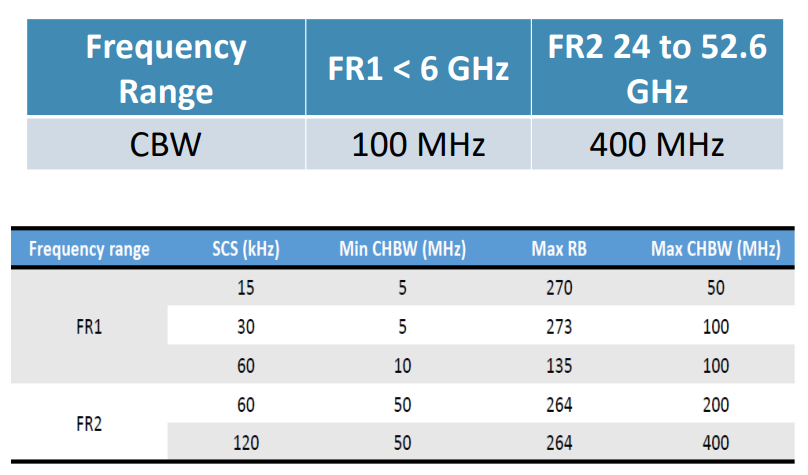
Not all radio spectrums are equal. Sub 1GHz offers the best coverage profile; however, the amount of low band spectrum available is limited. Frequency range two (FR2), i.e. greater than 6GHz, offers a large amount of spectrum with a significantly wide bandwidth (up to 400MHz), but it offers limited coverage. In fact, it is an […]
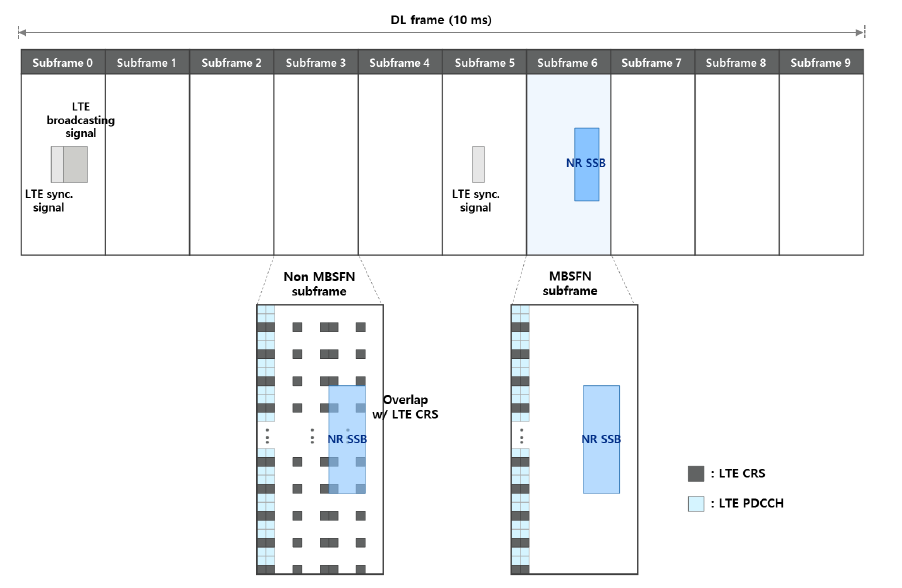
As we discussed in the last article, let’s Recap again What is DSS and why we need to use the DSS feature in 5G Roadmap deployment. Due to the occupation of its FDD-based spectrum assets, service providers are forced to choose between the acquisition of a new spectrum or refarm spectrum already in use. Both […]
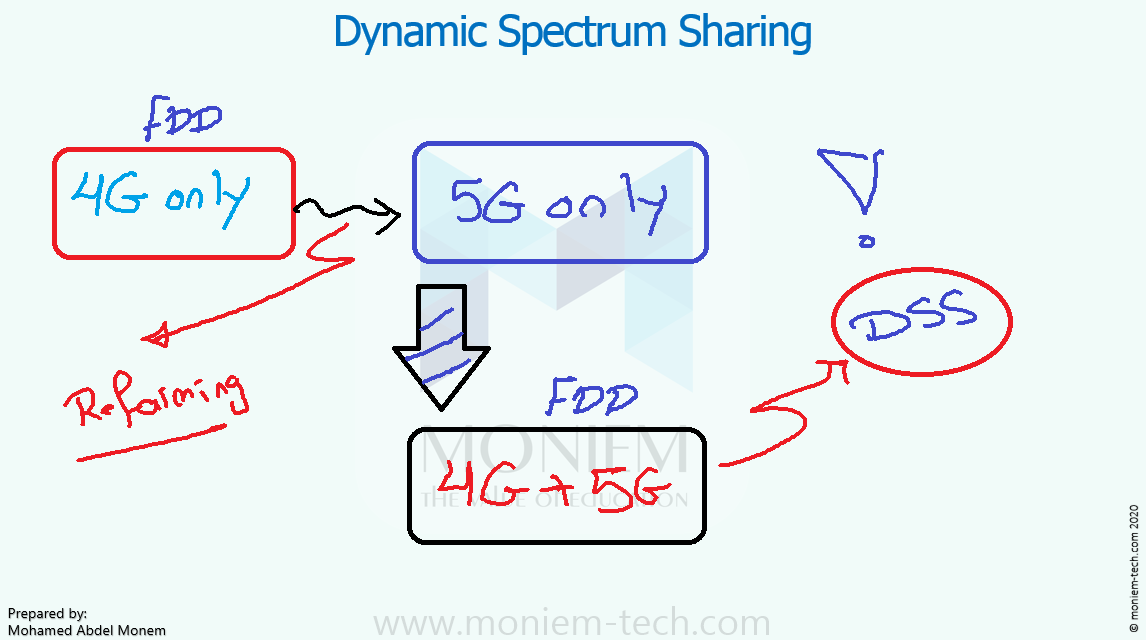
Before start talking about DSS or Dynamic Spectrum Sharing, let’s address the problem first and how DSS can solve it. As we know that 5G can support newly released frequency bands for use – such as the C-band (3-5 GHz) and millimeter wave (mmWave) band (24-40 GHz) – are higher than the current 4G frequency […]
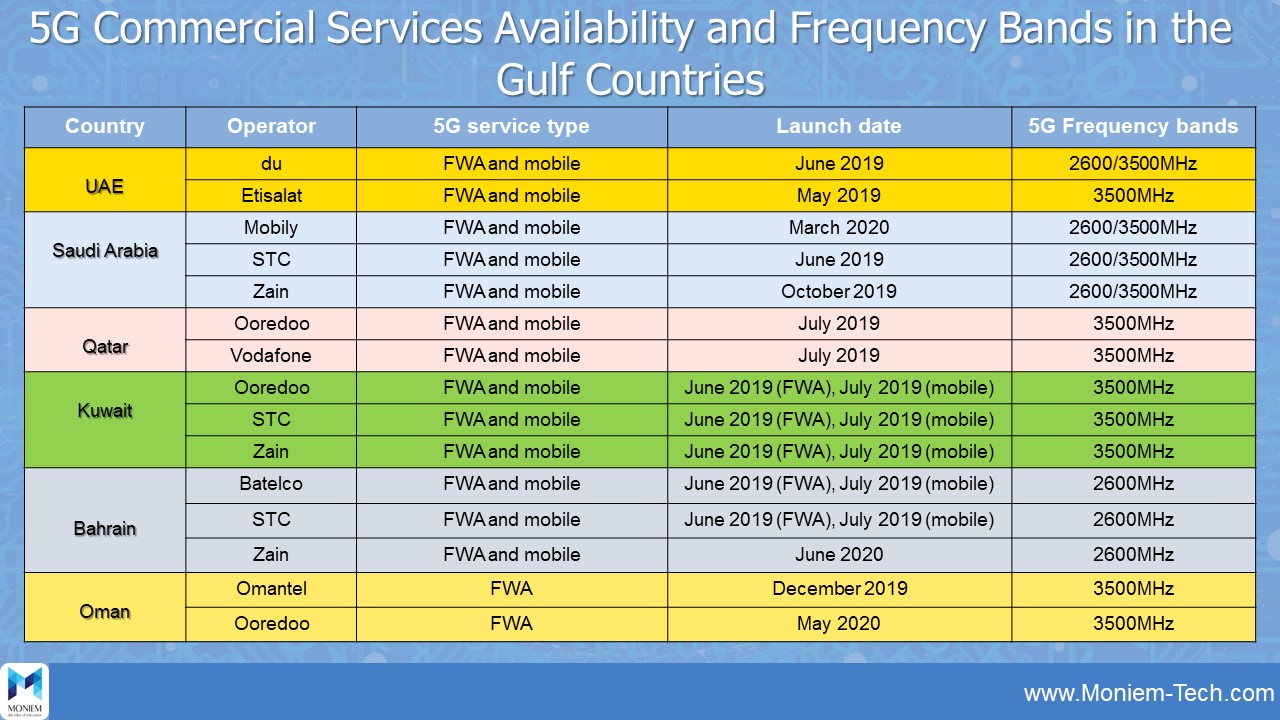
The Gulf Countries (UAE, Saudi Arabia, Qatar, Kuwait, Bahrain, and Oman) are the front runner in the 5G Race. They started to think of 5G as early as Mid-2019. Use Cases: The main initial two uses cases are eMBB (Mobile) and FWA (Fixed Wireless Access). 5G Spectrum Band: The 5G Spectrum Auction is in two […]
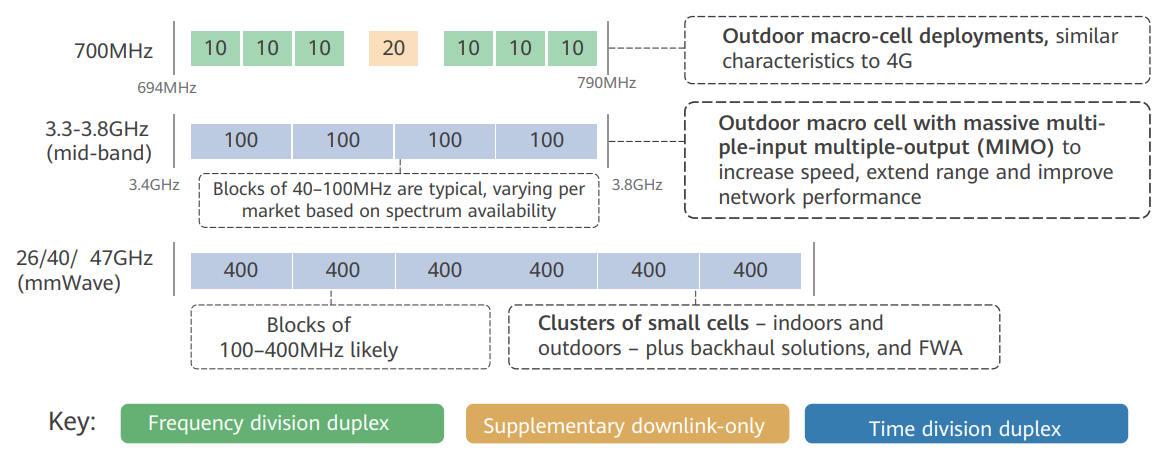
The ITU-R IMT-2020 (5G) Vision includes three usage scenarios: eMBB, mMTC, and uRLLC. It also specifies the key capabilities of IMT-2020 which represent great improvements in comparison with the previous generation of IMT systems. To address diversified requirements from the envisioned usage scenarios in different phases of 5G, 5G needs access to “high”, “mid” and […]

To understand how 5G achieves the higher data rates, we need to dig into Shannon’s Law to see how engineers have tackled each of the limiting factors from previous generations. Shannon’s Law This is a simplified version of Shannon’s Law: Image Source: Waveform.com 5G improves data rates by attacking the first two components of Shannon’s […]
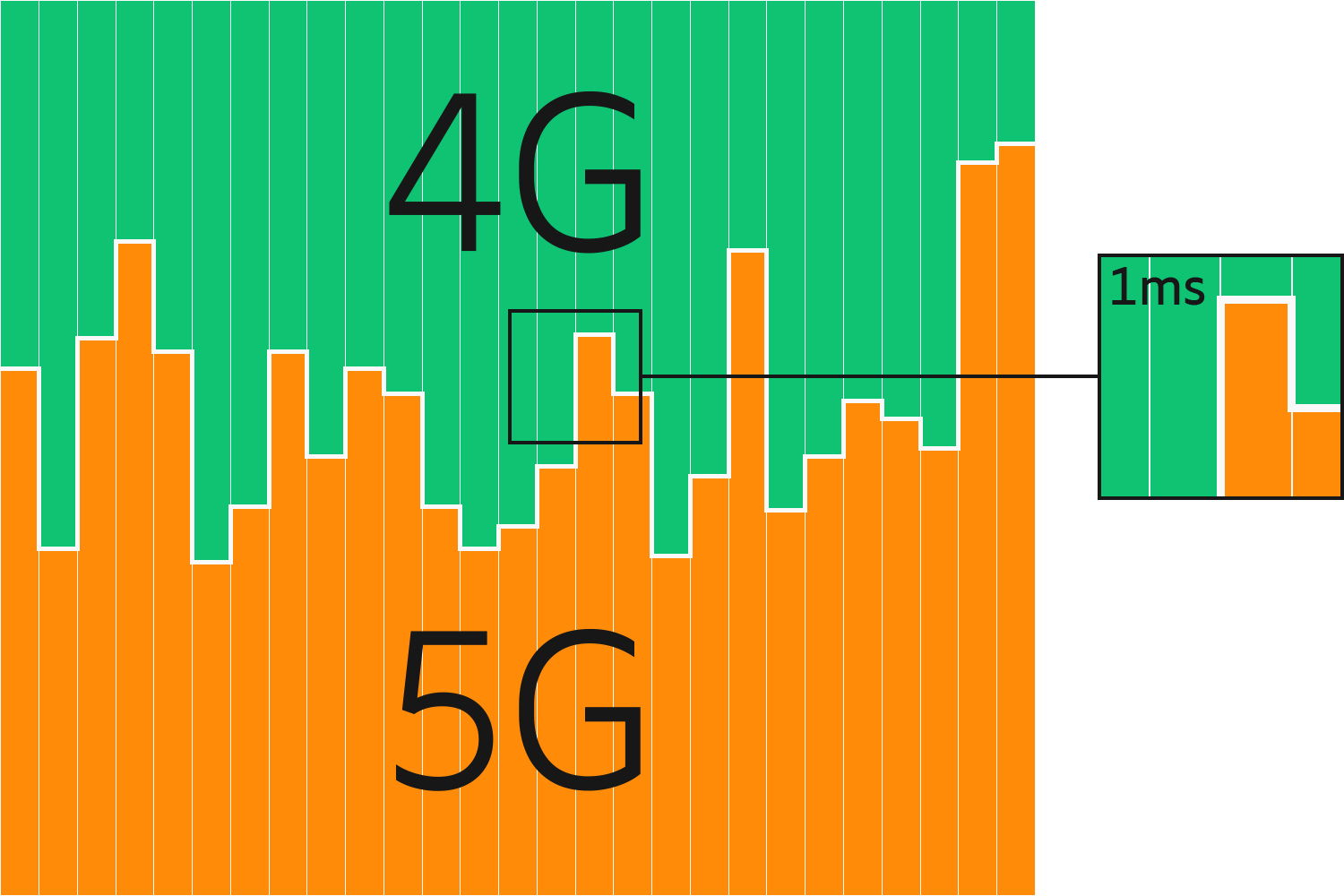
DSS: Dynamic Spectrum Sharing DSS technology has been introduced by the industry to enable 5G services to be delivered in LTE networks to accelerate the availability of 5G services. Traditionally mobile network operators had two main options to deploy new cellular technologies, as follows: Spectrum re-farming, which re-uses the spectrum licensed by mobile operators migrating […]

Introduction Mobile network operators around the world are experiencing huge growth in mobile data traffic and forecasts suggest that over the coming years it is set to rise even more dramatically. In the populated areas where traffic density is extremely high, many operators are already facing capacity challenges. The notion “capacity crunch” where operators face […]
